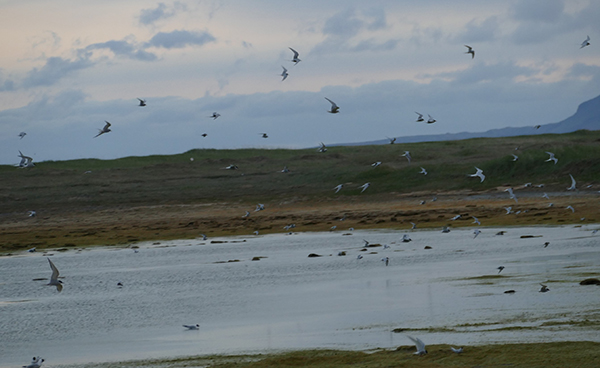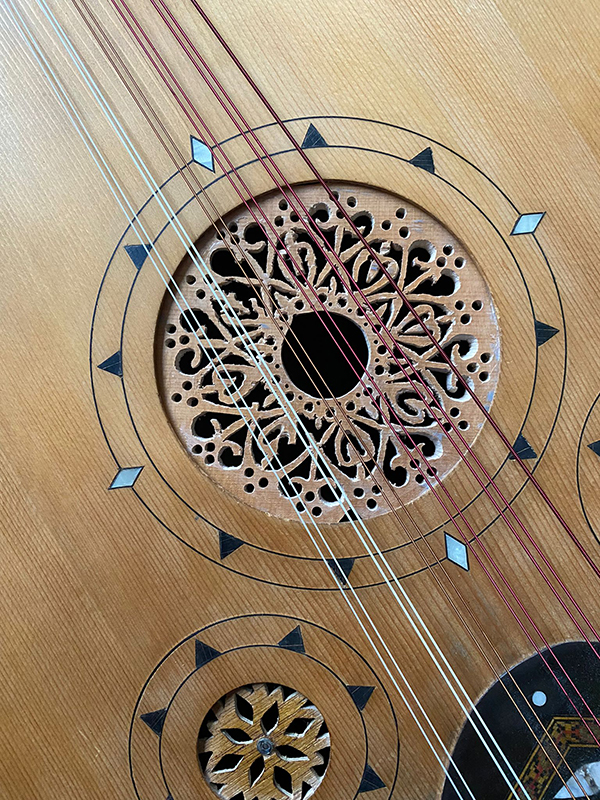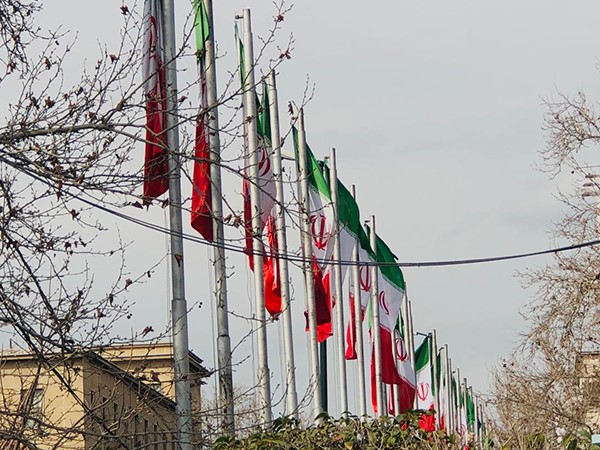By Michael Seifert
Birds that we haven’t seen all winter have been back for a few weeks: first and foremost, the swallows, but also warblers, the cuckoo with its characteristic call or storks. Birds are the most active migrants of all living things on earth – and they do not need a passport.
It is estimated that around 50 billion birds are on the move worldwide every year, that is a quarter to a sixth of all birds. The phenomenon that is responsible for this is called bird migration. But what is that exactly? “We understand this to mean the migration of our heralds of spring and summer guests such as of most starlings and almost all swallows on their autumn migration to their winter quarters and the migrating back to the breeding areas on the spring migration “, writes ornithologist Peter Berthold, who is considered the most important German expert.
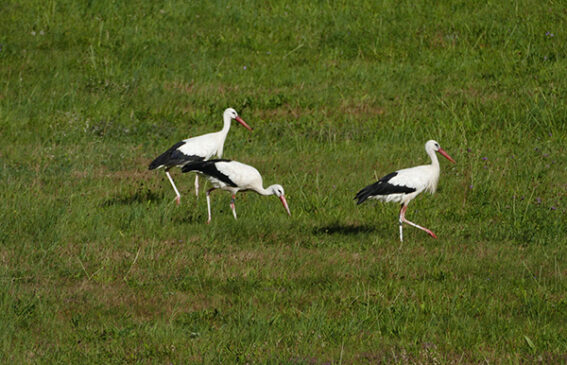
The world record holders among migratory birds are the arctic terns: they breed in the Arctic and overwinter in the Antarctic regions. They are the living things with the highest number of hours of sunshine, because when they reach their destination, the sun practically never sets. They cover 40,000 to 80,000 km a year because they also fly detours. With a life span of 30 years they reach up to 2.4 million km, that’s four times to the moon and back. Other species manage non-stop flight performance when crossing the ocean and desert of up to 5000 to 7000 km with 100 hours of flight time. As a rule, however, the migration of birds is much slower: the birds travel at least 50 km per day.
Peter Berthold describes the typical sequence of bird migration using the example of the warbler: this species migrates from Central Europe to its winter quarters in southern Africa. The young bird is abandoned by its parents after a few weeks and has no more contact with siblings or other conspecifics. The bird automatically prepares its long journey for its departure on the basis of genetically inherited programs. This means first of all increased food intake through eating and fat formation, because the energy for the long flight comes from burning fat. The Body weight is doubled through fat deposits and muscle growth.
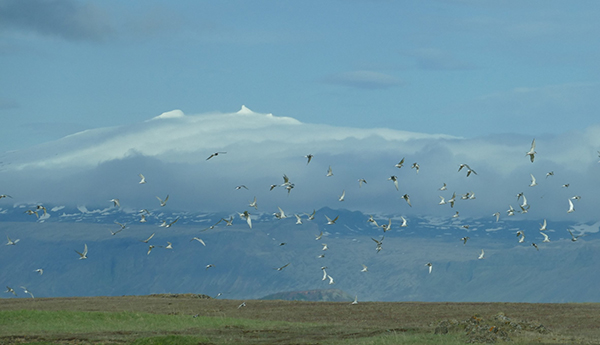
The day of departure is also genetically determined. You fly at night even though warblers are actually diurnal: this is safer and saves time and energy. “Internal compasses” are used to orient the journey into the unknown. These are based on the earth’s magnetic field, constellations, and the position of the sun at departure.
During the day, the birds rest and search for berries and insects. In the beginning they only do short stages and rest for several days because the fat reserves are not yet large enough. There are longer stages when crossing the Mediterranean and the Sahara. In this way, the newcomers “almost automatically” reach the area in which their conspecifics have been wintering for a long time. The entire flight takes three to five months. The return flight “home”, where the birds were born and where they then breed again, is then a third shorter.
The facts are taken from: Peter Berthold: Bird Migration. A General Survey. 2008.
tun21030201
Küstenseeschwalben reisen jährlich 40 000 bis 80 000 km. Hier in ihrem Brutgebiet in Island. Foto: Michael Seifert.

